Data Models in DBMS: 11 Types of Data Models with Diagram
Data Models in DBMS: 11 types of Data Models with Diagram + PDF: Data models show that how the data is connected and stored in the system. It shows the relationship between data. A Model is basically a conceptualization between attributes and entities. There were basically three main data models in DBMS that were Network, hierarchical, and relational. But these days, there a lots of data models that are given below. At the end of this article, you will be given a free pdf copy of these data models and their types.
Also See: What is Database Management System (DBMS)
There are different types of the data models and now let see each of them in detail:
Data Models in DBMS: 11 types of Data Models with Diagram + PDF
- Flat data model
- Entity relationship model
- Relation model
- Record base model
- Network model
- Hierarchical model
- Object oriented data model
- Object relation model
- Semi structured model
- Associative model
- Contex data model
Let us explain all these types of data models in DBMS with diagram.
Flat Data Model
Flat data model is the first and foremost introduced model and in this all the data used is kept in the same plane. Since it was used earlier this model was not so scientific.

Entity Relationship Data Model
Entity relationship model is based on the notion of the real world entities and their relationships. While formulating the real world scenario in to the database model an entity set is created and this model is dependent on two vital things and they are :
- Entity and their attributes
- Relationships among entities
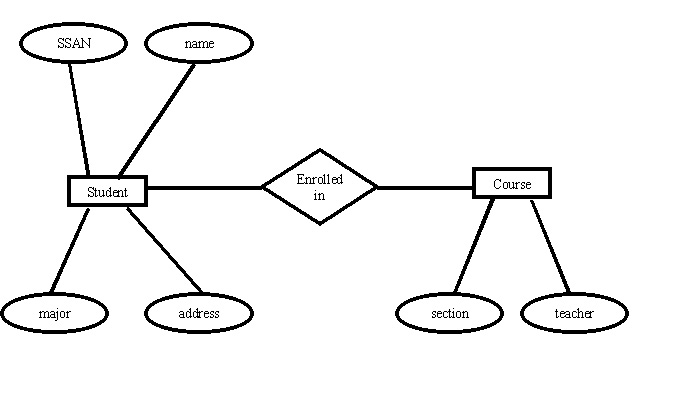
An entity has a real world property called attribute and attribute define by a set of values called domain. For example, in a university a student is an entity, university is the database, name and age and sex are the attributes. The relationships among entities define the logical association between entities.
Relational Data Model
Relational model is the most popular model and the most extensively used model. In this model the data can be stored in the tables and this storing is called as relation, the relations can be normalized and the normalized relation values are called atomic values. Each row in a relation contains unique value and it is called as tuple, each column contains value from same domain and it is called as attribute.
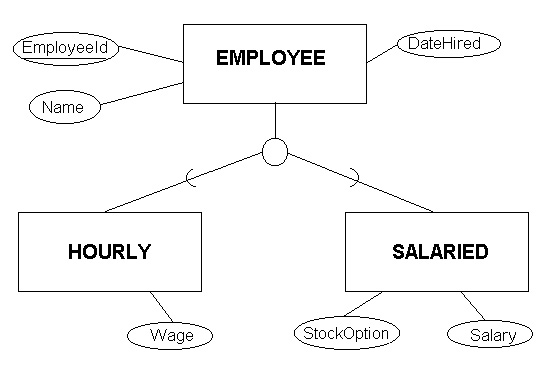
Network Data Model
Network model has the entities which are organized in a graphical representation and some entities in the graph can be accessed through several paths.
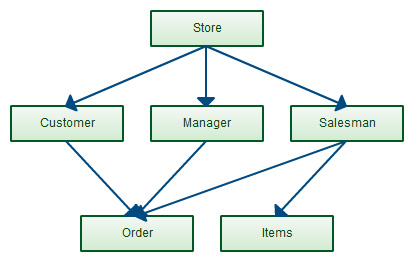
Hierarchical Data Model
Hierarchical model has one parent entity with several children entity but at the top we should have only one entity called root. For example, department is the parent entity called root and it has several children entities like students, professors and many more.
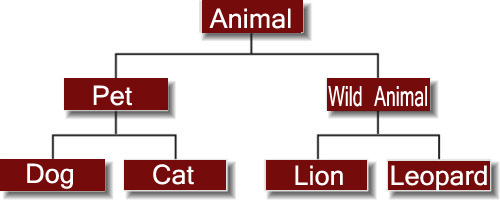
Object oriented Data Model
Object oriented data model is one of the developed data model and this can hold the audio, video and graphic files. These consist of data piece and the methods which are the DBMS instructions.
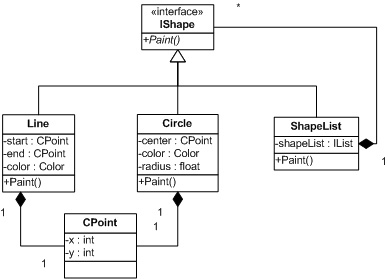
Record base Data Model
Record base model is used to specify the overall structure of the database and in this there are many record types. Each record type has fixed no. of fields having the fixed length.
Object relation Data Model
Object relation model is a very powerful model but coming to it’s design it is quiet complex. This complexity is not problem because it gives efficient results and widespread with huge applications. It has a feature which allows working with other models like working with the very known relation model.
Semi structured Data Model
Semi structured data model is a self describing data model, in this the information that is normally associated with a scheme is contained within the data and this property is called as the self describing property.
Associative Data Model
Associative model has a division property, this divides the real world things about which data is to be recorded in two sorts i.e. between entities and associations. Thus, this model does the division for dividing the real world data to the entities and associations.
Context Data Model
Context data model is a flexible model because it is a collection of many data models. It is a collection of the data models like object oriented data model, network model, semi structured model. So, in this different types of works can be done due to the versatility of it.
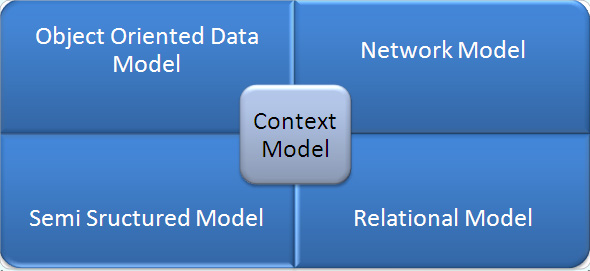
Therefore, this support different types of users and differ by the interaction of users in database and also the data models in DBMS brought a revolutionary change in industries by the handling of relevant data. The data models in DBMS are the systems that help to use and create databases, as we have seen there are different types of data models and depending on the kind of structure needed we can select the data model in DBMS.
As we said that we will provide you a free pdf file of Data Models and its types, so link to download this pdf file is given below.
Data Models and Its types with diagrams PDF File
So it was all about Data Models in DBMS: Its types with Diagram. If you want to ask anything related to DBMS then please comment below.

Sir, these are types of Representational Data Model.
How many entities will have? When,
1. Dept of CS
A. BCS
(1) Login
(a) Software
(b) Open
2. MCS
(1) Login
(a) Software
(b) Open
3. MS
(1) Login
(a) Software
(b) Open
4. PhD
(1) Login
(a) Software
(b) Open
And Draw a DFD Diagram of it?
what are the main types of data models
there are three main types of data model. the network, relational and hierarchical data model